Ford Focus finally reached Australia in September 2002, several years after its European launch. The local importer blamed the delay on the huge success of Focus overseas, but the slow start meant Australian buyers were slow to focus on Focus, so sales have never reached the very high levels they deserve.
The Focus is truly European in the way it rides and handles and keen drivers forced into a family car due to circumstances just love them. Many buyers considering downsizing from a Ford Falcon have chosen Focus ahead of an Asian car for this very reason.
Ride comfort is pretty good for a small-medium car with sporting handling. Focus can be a little harsh on really rough roads but is generally very good on motorways and fine around town.
As a price trimming method less sound deadening is fitted to the lower cost models and these versions can suffer from a fair bit of tyre/road noise on Australian coarse-chip roads.
Ford Focus is sold with three or five-door hatchback bodies and as a four-door sedan. From September 2007 until mid 2010 the Focus also arrived in a sporting coupe-cabriolet two-door body with a folding hardtop.
It comes in several luxury levels: Focus CL, LX and Ghia – later renamed Focus Ambiente, Trend and Titanium, so there's plenty to chose from. On the sporty front there’s the Focus Zetec, SR, Sport and ST170.
Note we used the term ‘sporty’ rather than ‘sports’ in describing the previous models, because there’s couple of other models that genuinely deserve the ‘sports’. They are the Focus 166 kW XR5, sold from 2006 till 2011 – and the full-house Focus RS imported from 2010.
The Focus RS is powered by a turbocharged Duratec RS 2.5-litre five-cylinder engine putting out 300 horsepower (224kW), and torque of 440Nm starting at only 2300rpm and providing a huge amount of grunt to make keen drivers smile every time they get a chance to open the throttles to the max.
Engines in the standard Focus range are petrol or, from July 2007, turbo-diesel. Petrol units until the all-new Focus of 2011 come with capacities of 1.8 or 2.0 litres. The smaller unit is aimed at the fuel economy end of the scale and some may find it on the gutless side. If considering this powerplant may we suggest loading it with a few passengers and trying it on hilly roads. Some drivers will be satisfied, others may prefer to find a few dollars more and go for the larger engine.
Turbo-diesel engines have 2.0-litre capacity and like all of their type come with plenty of grunt and low fuel use. They have proven reasonably popular, but not to the extent of the diesels offered by many other Euro marques.
Most Focus models prior to 2011 come with a five-speed manual gearbox. Some find the five-speed’s gearchange is slightly soft, others don’t mind it. Six-speed manual gearboxes are fitted to the Focus ST 170, the RS and diesel engines. From November 2011 the new Focus received a six-speed manual.
Automatic transmissions have four forward ratios and aren’t offered in all models. This situation may seem strange to Australian drivers, but in Europe many prefer to drive manuals. The new model from May 2005 had manual overrides on the automatic, and in any case the auto seems to mate better with the engine from this time onwards.
Ford has been building cars in Australia since 1925, so has built up a huge network of dealers. The company is represented strongly in country areas. Dealers in remoter areas may not have spare parts for the smaller models, such as the Focus, in stock, but can generally get them in within a couple of working days.
With the exception of the red-hot Ford Focus RS insurance charges are usually moderate. While premiums aren’t to the low level of the locally built Falcon, they are often cheaper than other imported European cars in the same class.
WHAT TO LOOK FOR
Build quality of the Ford Focus is generally good (most older models come from Europe, from 2005 the majority were built in South Africa), though not up to Japanese quality standards. It’s wise to have a full professional inspection before agreeing to buy the car.
Make sure the electrical systems are okay by turning everything off and on. Having the owner’s manual on hand is useful for this. Shuddering under braking could signal that new brake discs are required.
The Focus ST170 and XR5 are often bought by the boy racers, then lowered and modified in many areas. A stock standard version is best. Check the alloy wheels on both models for signs of kerb damage.
Look over the luggage area for signs of wear and tear. Scratches on the rear bumper will often indicate that lazy owners used the bumper as support when loading and unloading.
A safety recall of pre 2010 turbo-diesel cars was instigated to check the fitment of the exhaust heat shield. Check with a Ford dealer or contact Ford Australia on 1800 503 672.
CAR BUYING TIP
Taking along a couple of other people to look at used cars can result in gleaning a lot more information in a short time about the cars’ condition.
Ford Focus 2002: CL
| Engine Type | Inline 4, 2.0L |
|---|---|
| Fuel Type | Unleaded Petrol |
| Fuel Efficiency | 8.0L/100km (combined) |
| Seating | 5 |
| Price From | $2,200 - $3,520 |
Pricing Guides





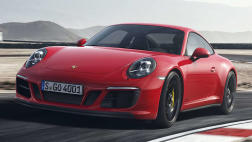
.jpg)

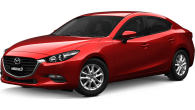

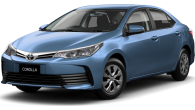

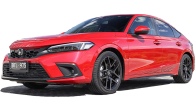







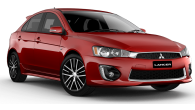

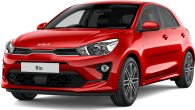


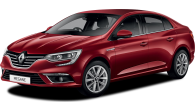
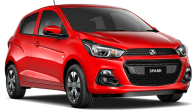
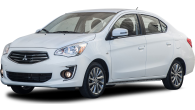






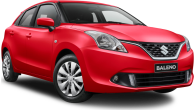





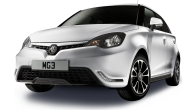


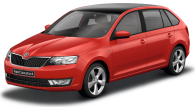








.jpg)
Comments